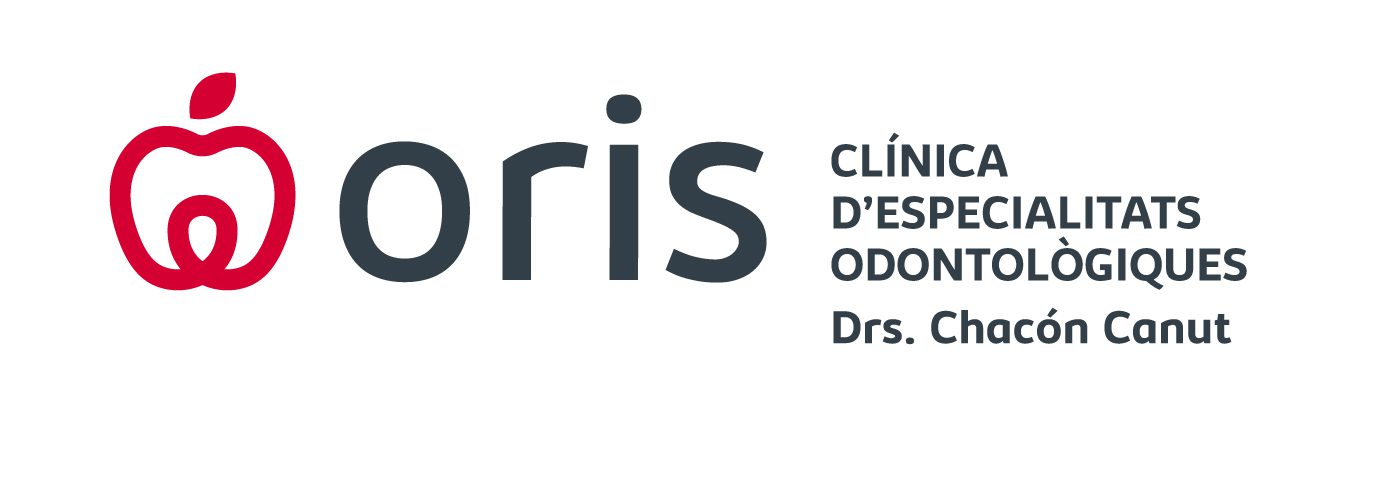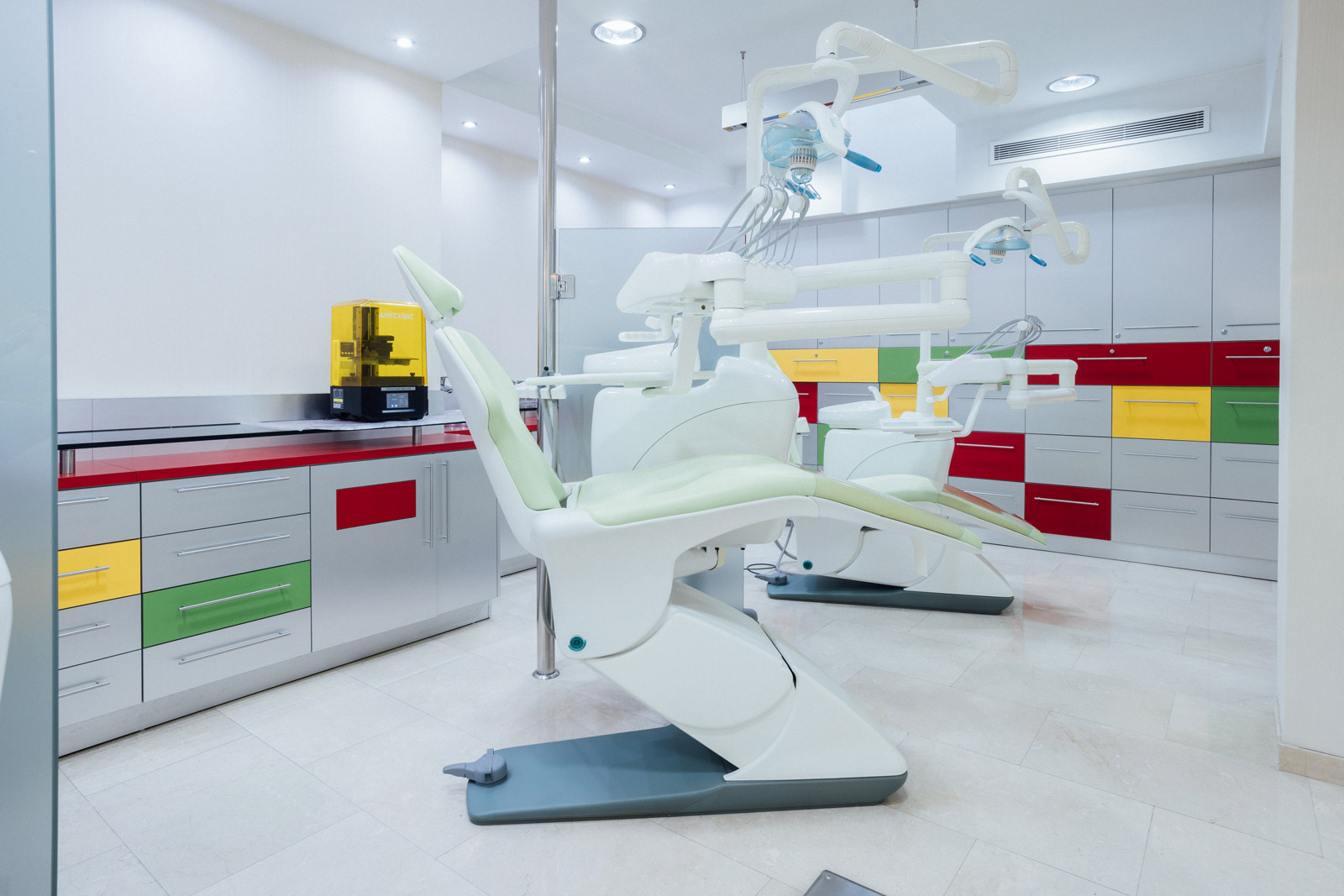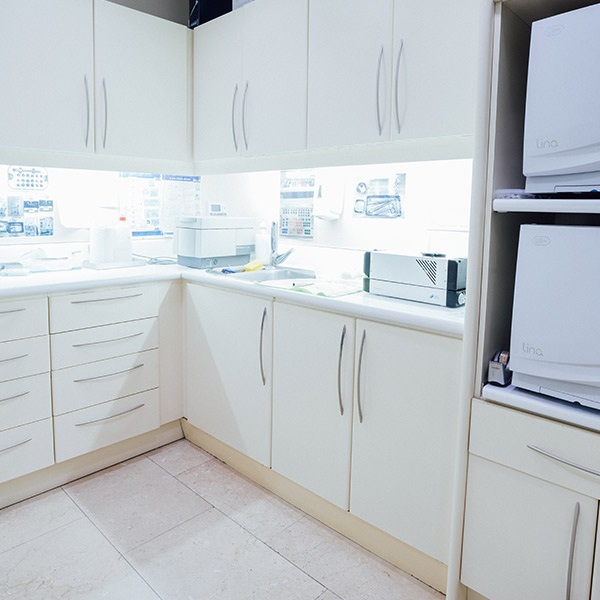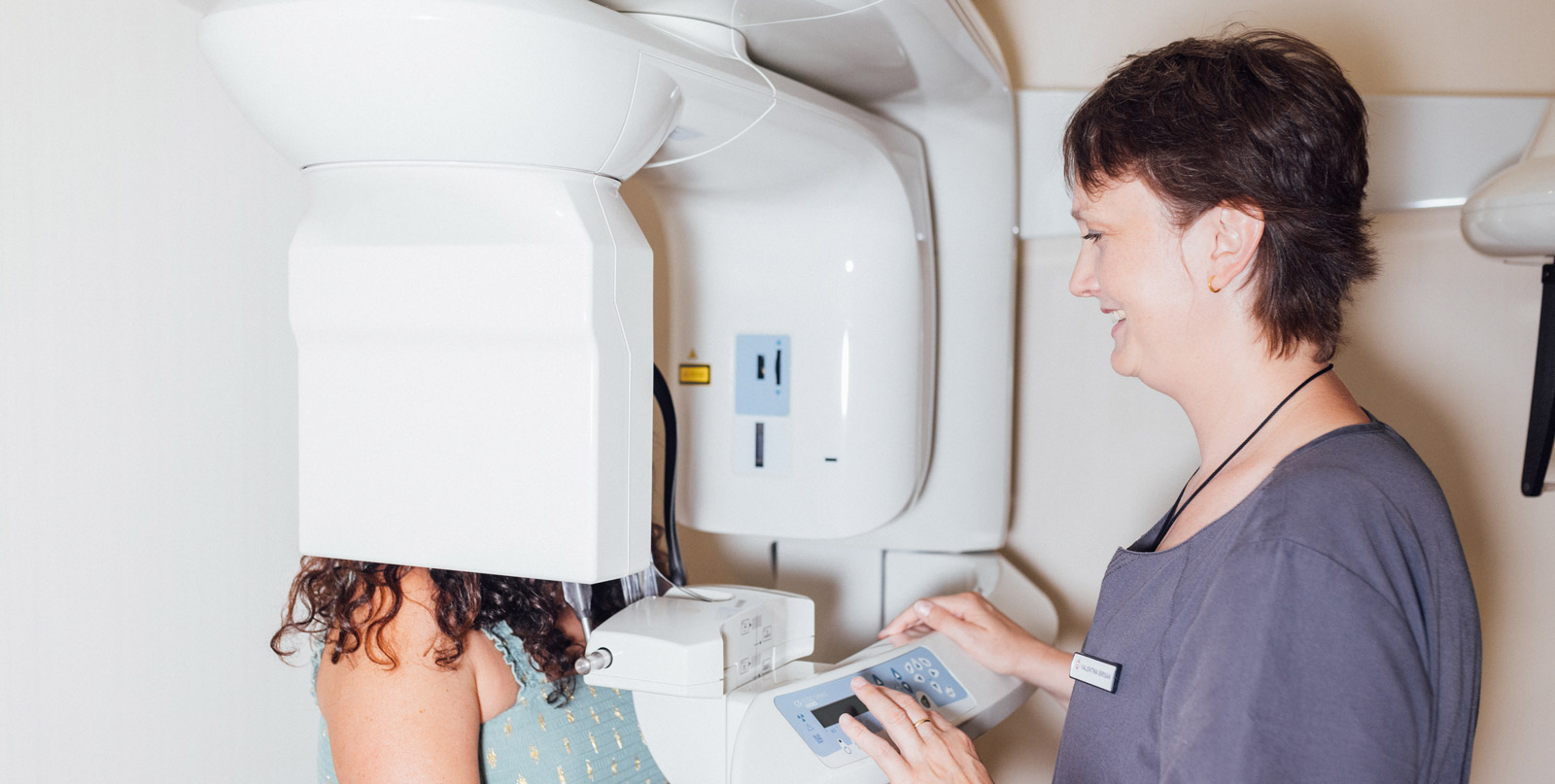Facilities
Technology and comfort at the service of your smile
Technology and comfort at the service of your smile
Dental esthetics is fundamental for a harmonious and attractive smile.
Proper treatment can correct imperfections, improve the alignment and color of teeth, providing confidence and improving people’s quality of life.
Facilities
Technology and comfort at the service of your smile
Technology and comfort at the service of your smile
Dental esthetics is fundamental for a harmonious and attractive smile.
Proper treatment can correct imperfections, improve the alignment and color of teeth, providing confidence and improving people’s quality of life.
Oris dental clinic spaces
Patient spaces
Oris: Your oasis of oral health. At Oris we have created a space where dentistry merges with wellness.
Our waiting rooms, with warm lighting and relaxing music, invite you to relax.
The dental boxes, equipped with the latest technology, are designed with soft colors and natural elements to create a serene environment and minimize anxiety.
Every detail, from the selection of materials to the arrangement of the furniture, has been carefully thought out to make you feel comfortable and relaxed during your visit.
Oris Clinic Aparatology
All our technology
Oris: Your state-of-the-art dental clinic. At Oris, we have revolutionized dentistry thanks to our cutting-edge technology.
Our intraoral scanner captures precise 3D images of your smile, while our dental microscope allows us to visualize every detail with exceptional clarity.
We combine this information with detailed images from our 3D radiology equipment to create a fully customized treatment plan.
Our 3D printers allow us to fabricate custom-made surgical guides and prosthetics, ensuring a perfect fit and superior esthetic results.










